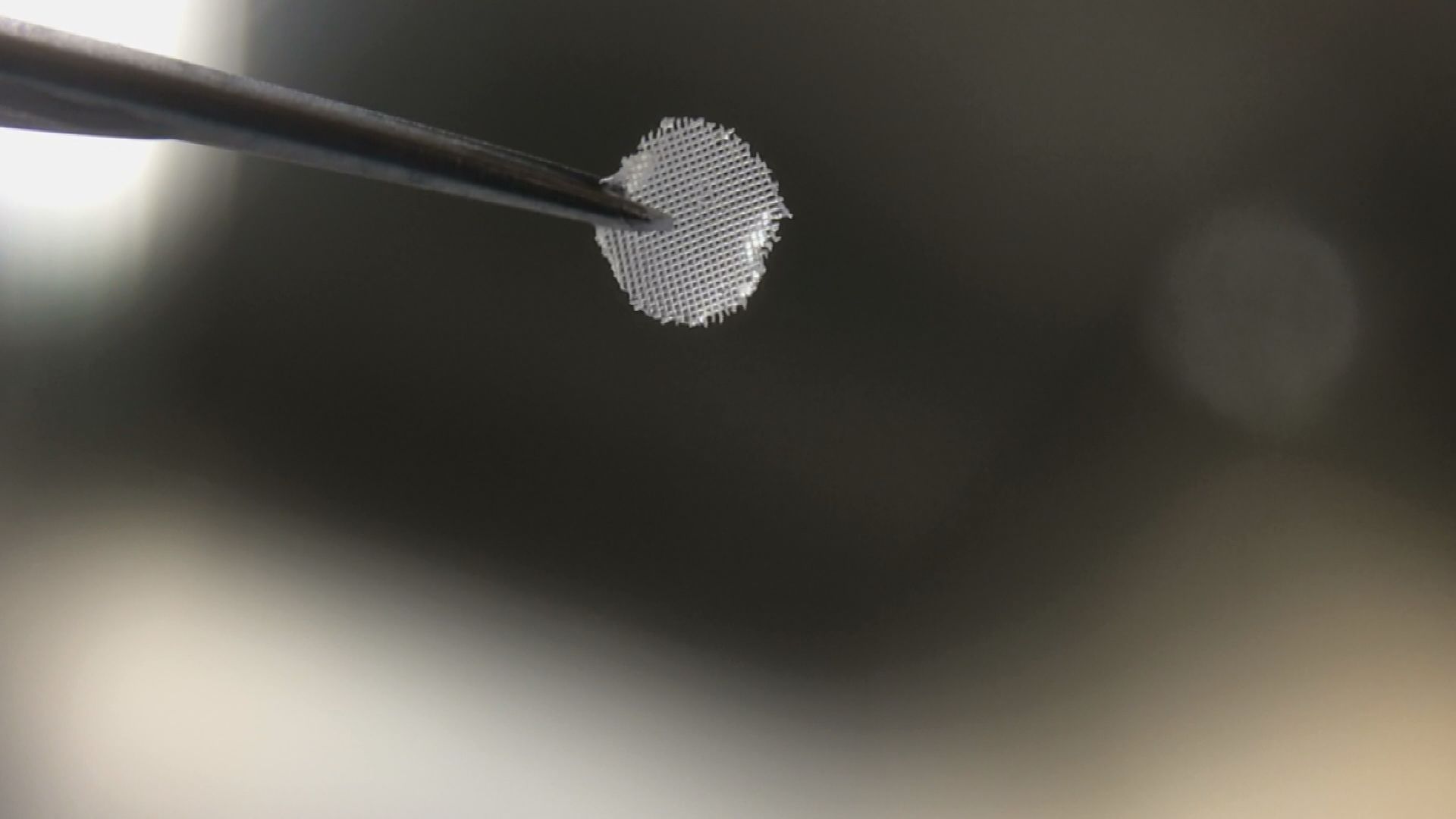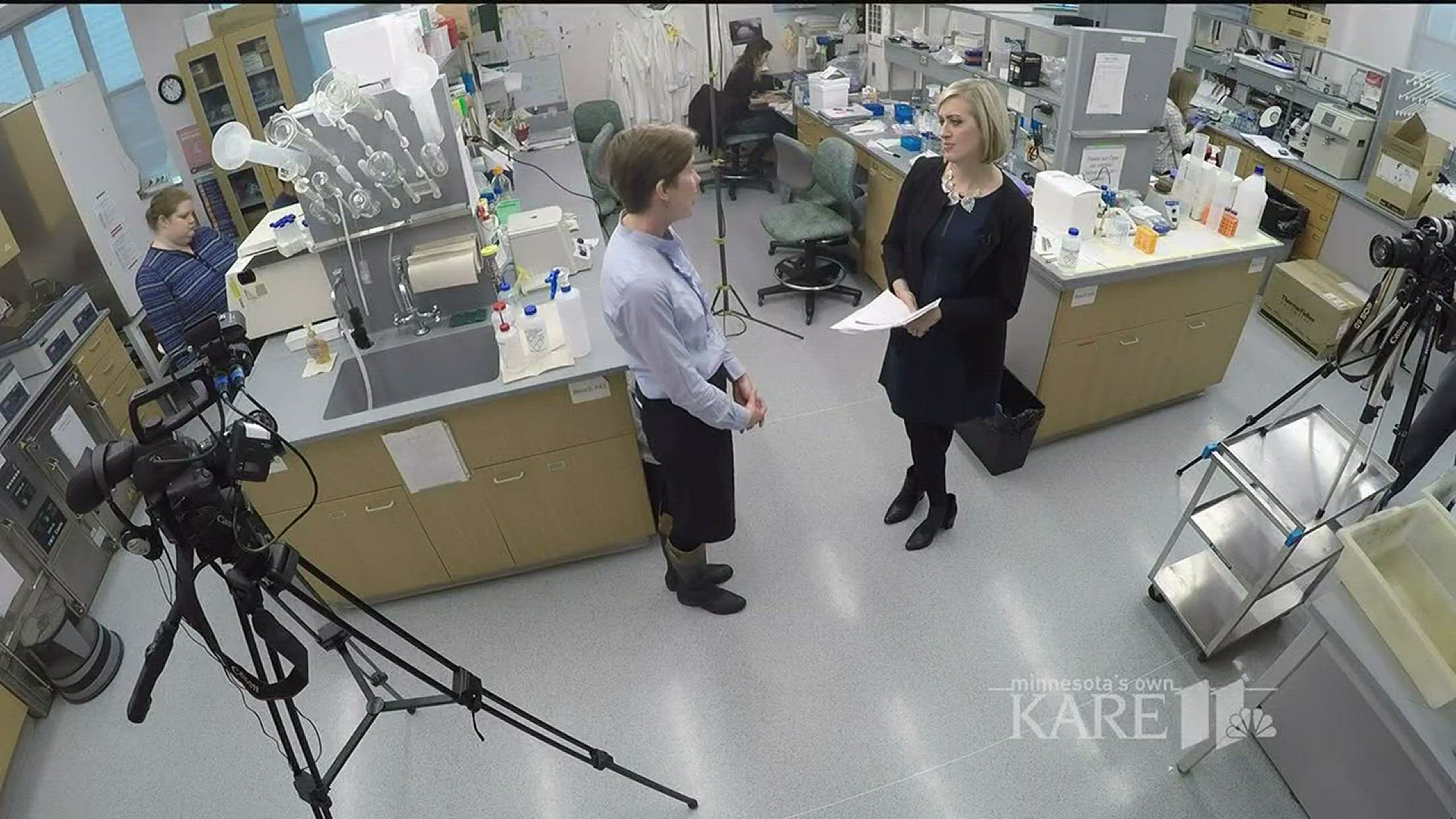MINNEAPOLIS - Biomedical researchers at the University of Minnesota are moving forward with a breakthrough discovery after a new 3D-bioprinted patch shows potential of helping heal patients after a heart attack.

According to the American Heart Association, heart disease is the number one cause of death in the United States, killing more than 360,000 people a year. The research study is being hailed as a major step forward in preventing damage to the heart after a heart attack.
“But also in moving 3D printing forward, that realm has a lot of potential and people need to see how it can be utilized,” said Dr. Brenda Ogle, associate professor of biomedical engineering at the University of Minnesota College of Arts and Sciences. “This is a very exciting moment for myself, and for my lab.”
Ogle led a team of biomedical engineers behind the breakthrough, 15 years in the making, as recent advances allowed researchers to use laser-based 3D-bioprinting techniques to incorporate stem cells derived from human heart cells. Through the process, the cells began to grow and beat synchronously in a dish in the lab.
The muscle like patch was then placed on a mouse heart following a simulated heart attack.
“Four weeks later, we saw dramatic functional improvement,” said Ogle. “We realized it was close to being something that would aid the function of a damaged or failing heart, so that was the ‘aha’ moment.”
Because the 3D-bioprinted patch is made from cells and protein native to the heart, Ogle said it becomes part of the muscle, strengthening scar tissue and can be absorbed into the body, requiring no further surgeries.
Next, researchers will test a larger patch on a pig, which is closer to the size of a human heart, and Ogle hopes within a decade, the patch could reach clinical trials and be used in patients.
“I think it’s a very big deal, it’s published in circulation research and the community has already responded,” said Ogle. “This is one very tangible way that technology can help the health field.”
The research was funded by the National Science Foundation, National Institutes of Health, University of Minnesota Lillehei Heart Institute, and University of Minnesota Institute for Engineering in Medicine.
The research study is published today in Circulation Research, a journal published by the American Heart Association. Researchers have filed a patent on the discovery.

